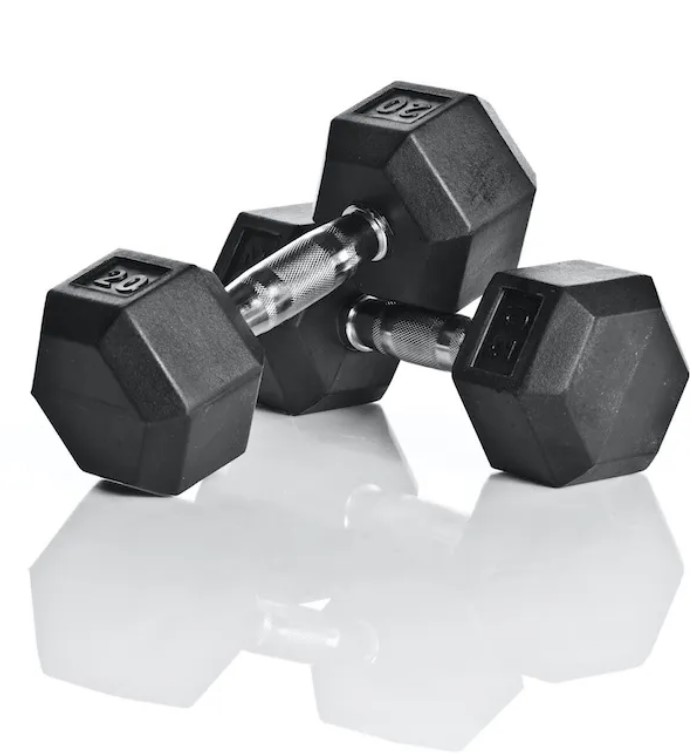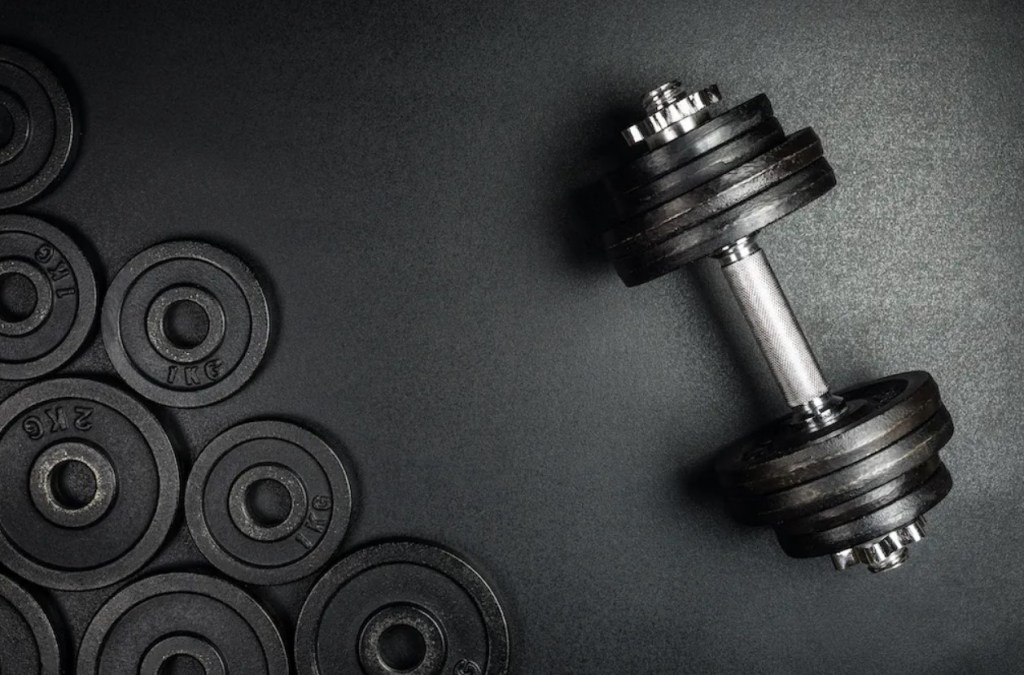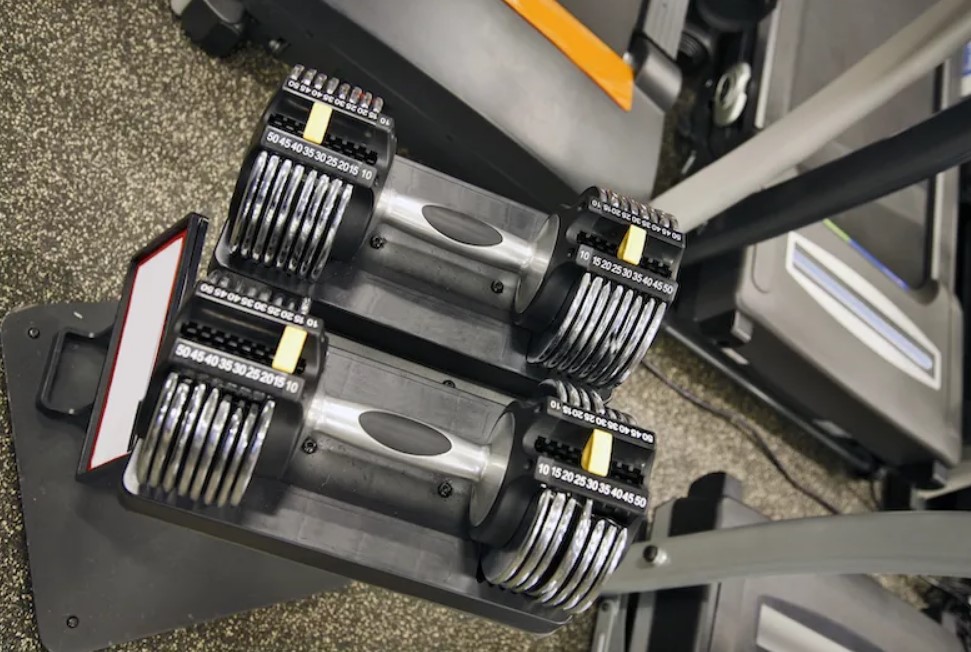Just starting out? We’re here to help. If you’re wondering about which type of dumbbells to buy for your home gym setup, this guide will point you in the right direction. Maybe you’re new to strength training or perhaps you want to move up from some simple bodyweight exercises for greater full-body muscle development. Perhaps you’ve been using those resistance bands you bought for mobility work for upper and lower body strength exercises, but feel you need great resistance. Wherever you are on your fitness journey, chances are you’ll soon want to add greater depth or volume to your training – and that means looking at dumbbells.
The type of dumbbell that’s best for you – at least to begin with – depends on the type and frequency of workouts you intend to do. There are three main types of dumbbells, with their own strengths and weaknesses. Each one will allow you to elevate your training. But the chances are, depending on the space you have available, the amount you’re prepared to spend and your proposed training routine, one type will be more beneficial than the others. Let’s look at each in details:
Types of dumbbells
- Fixed dumbbells: bought individually, as pairs or as sets, fixed dumbbells have a fixed weight that cannot be changed
- Plate dumbbells: plates can be swapped or added to change weight, but they need to be slotted onto the handle manually and secured with a lockring
- Adjustable dumbbells: these feature quick-change adjustment mechanisms of different types, allowing you to pick up weights from a base plate in one swift movement
Why you can trust Men’s Fitness
At Men’s Fitness we pride ourselves on delivering information that serves a singular purpose: to improve some aspect of your health, fitness or wellbeing. For over 16 years, we’ve been publishing authoritative health and fitness content – written by our expert editors and contributors. We spend hours testing every product or service we review, so you can be sure you’re buying the best. Find out more about how we test.
Fixed dumbbells

As the name implies, the weight can’t be altered, which means you will need a bit of extra room to store multiple sets. Still they’re the most common type of dumbbell used for dumbbell exercises and workouts.
The advantage is that it’s quick and easy to use your desired weight. These are also the most durable option, often covered with a powder-coated finish or rubberised ends. So if you’ve got the money (they tend to be a bit more expensive because you’ll need numerous sets) and the space, favour fixed dumbbells.
If you do invest in a set, try to get ones with hexagonal ends, because they can be used on the floor without rolling around (for exercises like dumbbell push-ups or rows). They’ll be easier to stack and store, too.
My favorites include the Jordan Fitness Premium Urethane Dumbbells and Eleiko Vulcano Dumbbells.
Plate dumbbells

These are the lowest-cost option of the three, often with an all-metal construction with no rubberised protection. (So be careful if you have wooden or tiled floors.)
They consist of a pair of short, often knurled, metal handles, each with two collars. You then secure and fasten weight plates to either end of the handle. You’ll often get a number of different weight plates in each set.
When they’re loaded they work your body in exactly the same way as fixed and adjustable dumbbells, but the main difference is that it can be time-consuming to keep altering the weights between exercises. They’re ideal if you tend to do mixed routines interspersed with, say, bodyweight exercises or some resistance band work. However, they’re not great for things like drop sets.
Adjustable dumbbells

This type of dumbbell lets you change the weight you lift without having to faff around with weight plates. We’re big fans at MF of using adjustable dumbbells for things like progressive overload and drop sets. The main draw here is, not only can you change weights quickly, but you can also do so by as little as 2kg or 2,5kg at a time. (You’re also not faffing around changing weights and missing your designated rests between sets.)
Most versions allow you to add or subtract weight simply by moving a dial to the required value. (The JaxJox DumbbellConnect even lets you do this via a Bluetooth connection to an app on your phone – it can then track your reps and sets, among other things).
They are invariably more expensive than plate-loaded dumbbells but they’re more convenient, and they also allow you to stick rigidly to your rest periods. My favorites include the Nuobell Adjustable Dumbbell and the Primal Strength Personal Series 34kg.
Related content:






